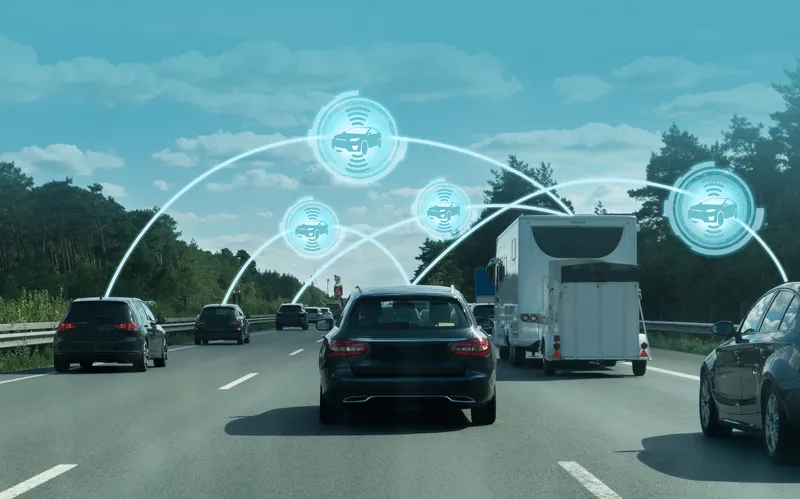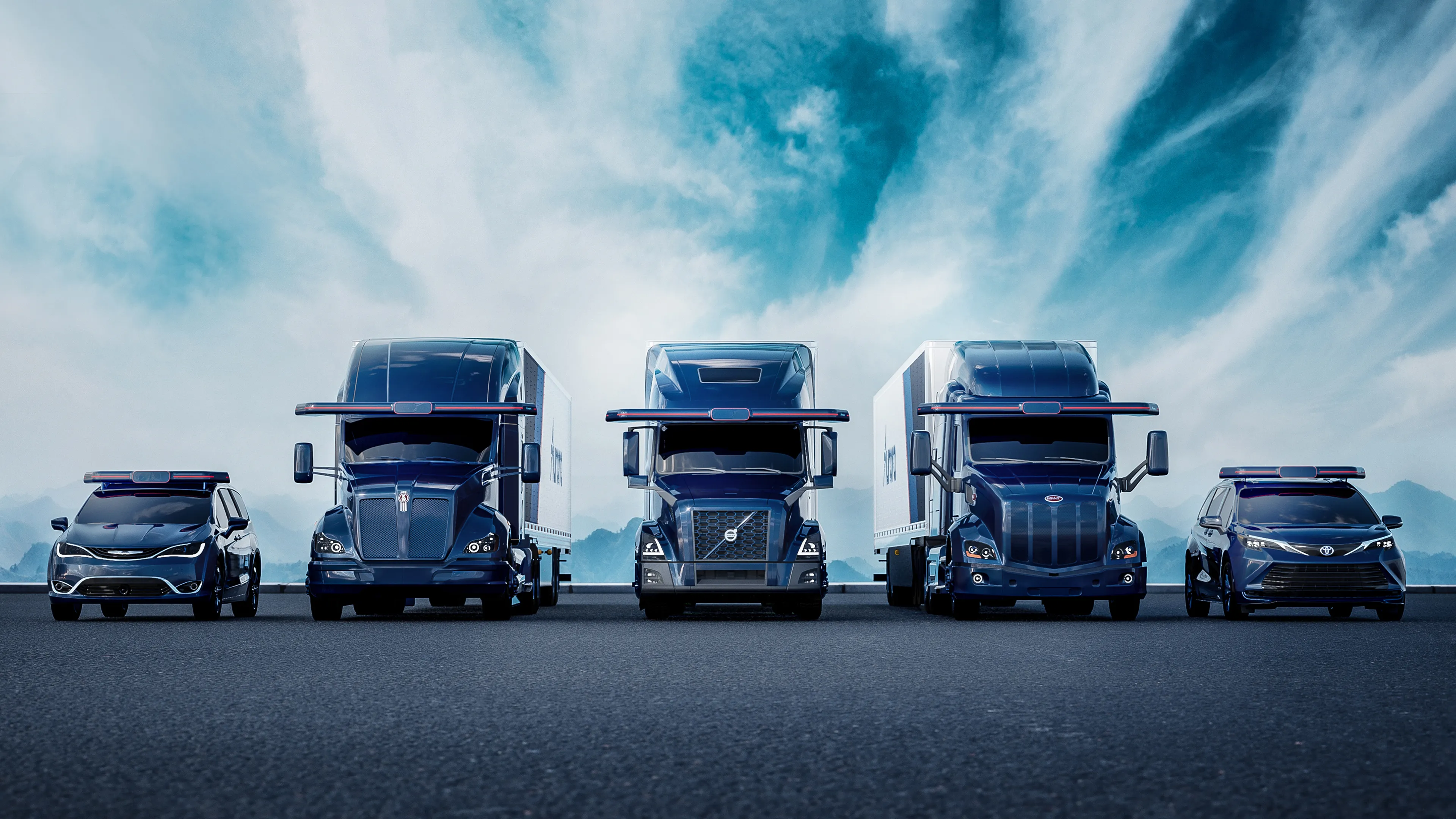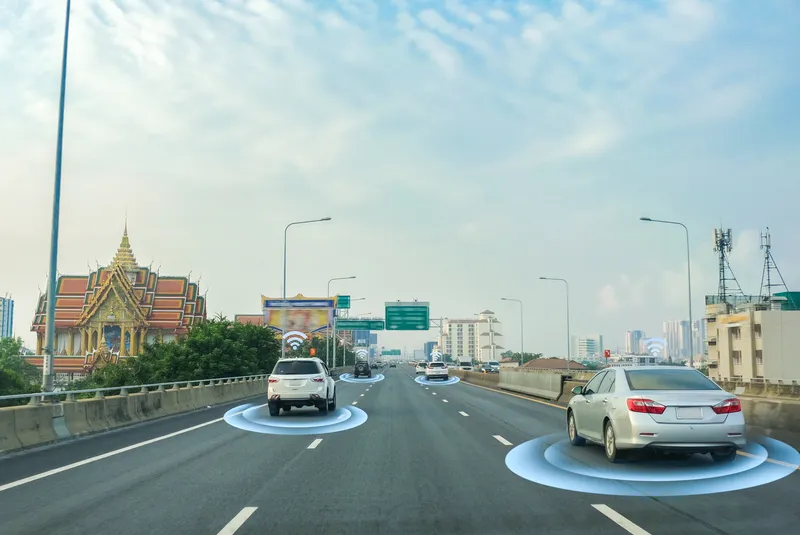
Brandmotion and Denso Products and Services Americas are offering a service to offer a service to cities seeking to equip vehicles with Vehicle to Everything (V2X) technology.
Brandmotion says city managers and state transportation agencies are looking to deploy V2X technology regionally to reduce vehicle crashes and fatalities and improve pedestrian safety.
The company claims that many cities up until now seeking to deploy this technology have had to assemble the elements of a large vehicle deployment manually, developing specifications and coordinating multiple vendors to ensure a successful outcome.
The new partnership simplifies the process of equipping vehicles for long-term testing, the company adds.
Both companies will provide transportation agencies with Denso’s Hercules on board unit (OBU), which can process applications that support Cellular V2X communications and dedicated short range communications in an automotive environment.
They will also offer a standard set of applications, including blindspot/ lane change warning, electronic emergency brake light, forward crash warning, intersection movement assist, red light violation warning and traffic signal priority.
Additionally, the partners will provide custom application development for specific agency goals as well as thorough vehicle-specific installation planning, vehicle system design and validation.
Brandmotion has served the Tampa Connected Vehicle (CV) Pilot for five years and provided responsive professional grade automotive integration and service capability. Denso is the OBU supplier to OEMs for the fourth phase of the pilot.
Bob Frey, program manager for the Tampa CV Pilot says: "Having worked with both companies to complete vehicle integration services for V2X deployments, our experience is that they bring complete high-quality solutions to our deployments and have excelled at helping us deploy transportation safety applications from concept to operating on the "street" on schedule. To me, that is the most important aspect of these safety projects, getting applications ‘out in the street’ so the public benefits".










